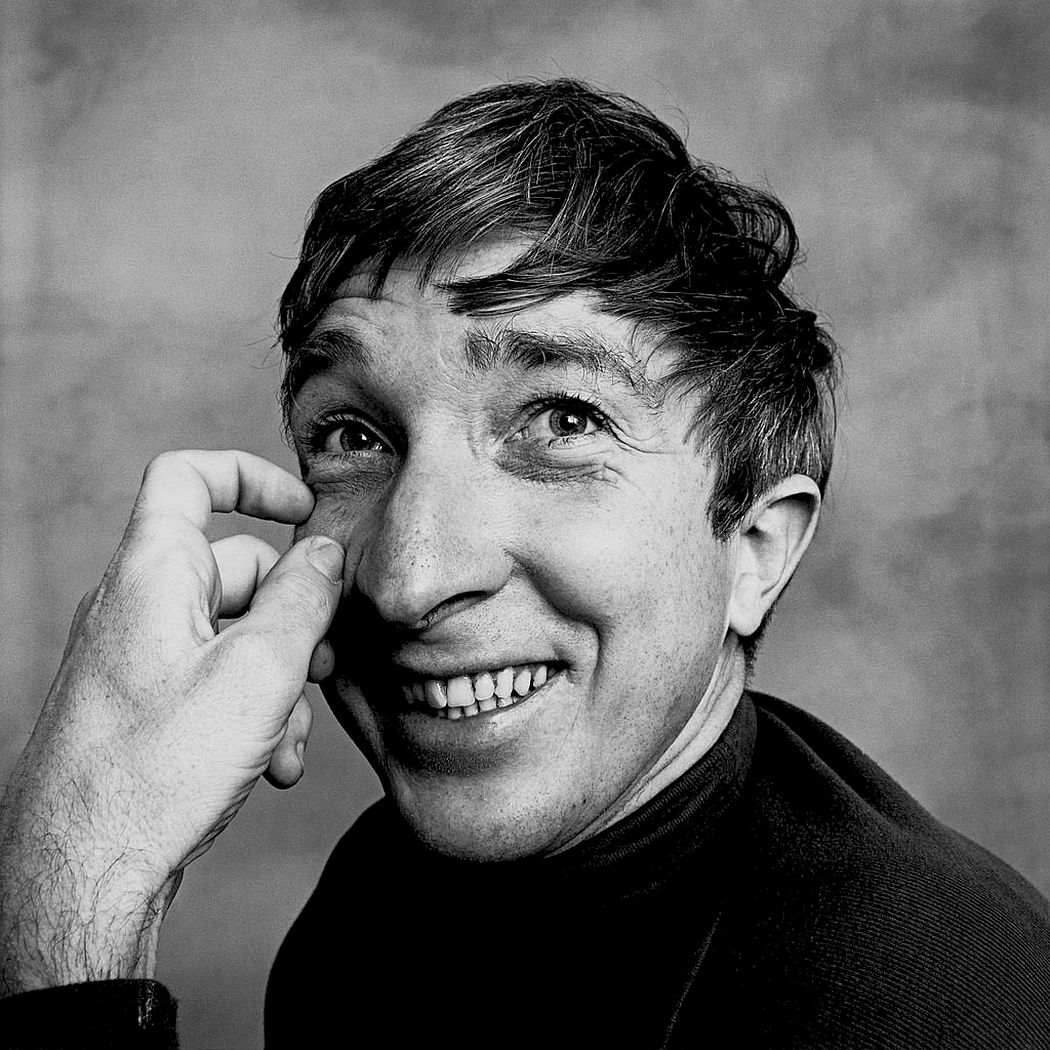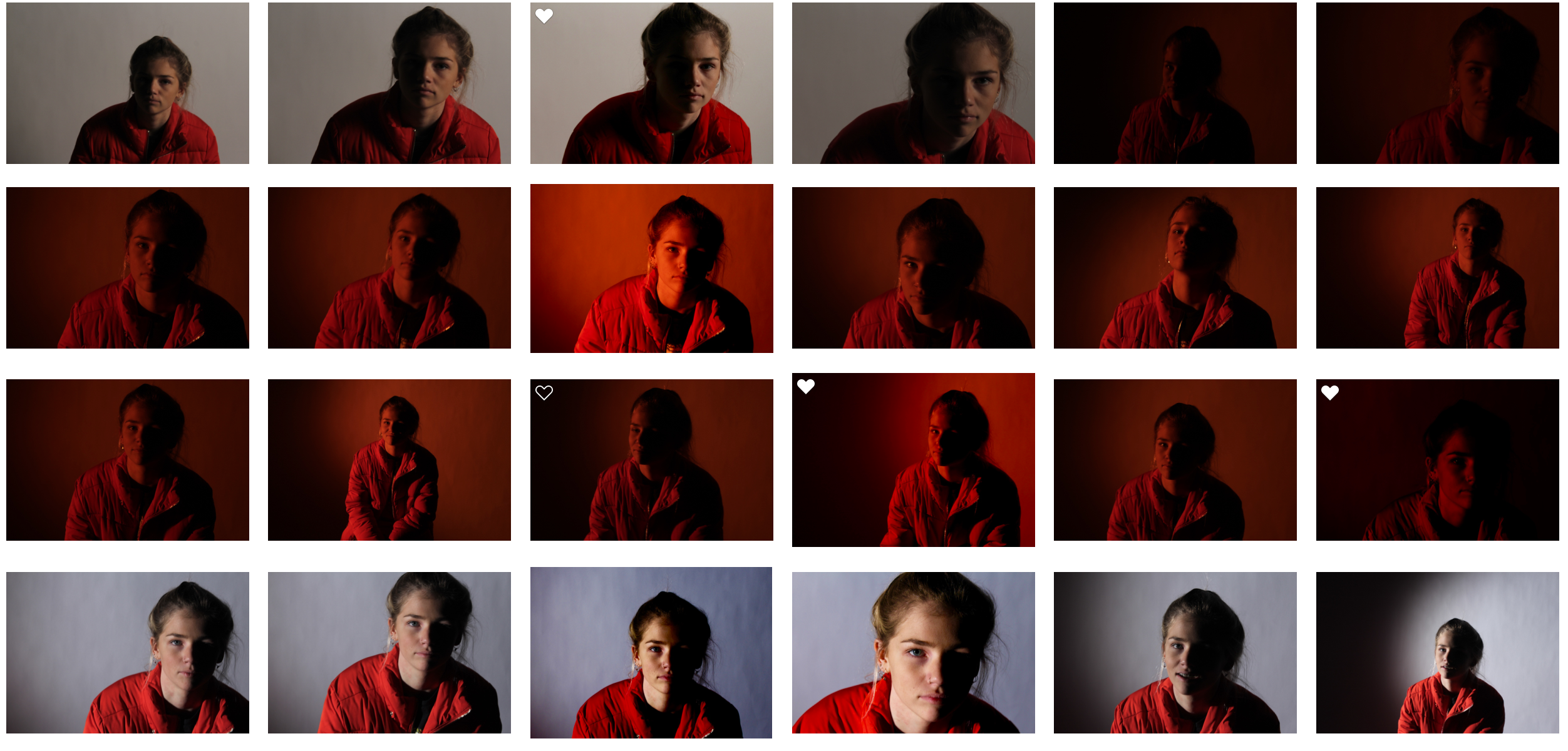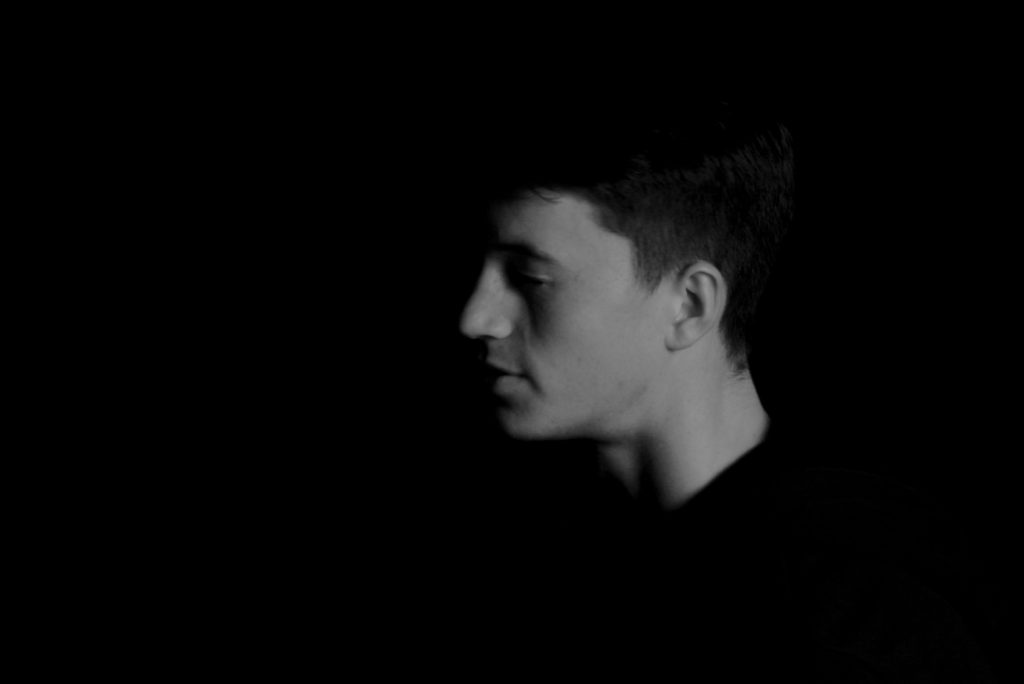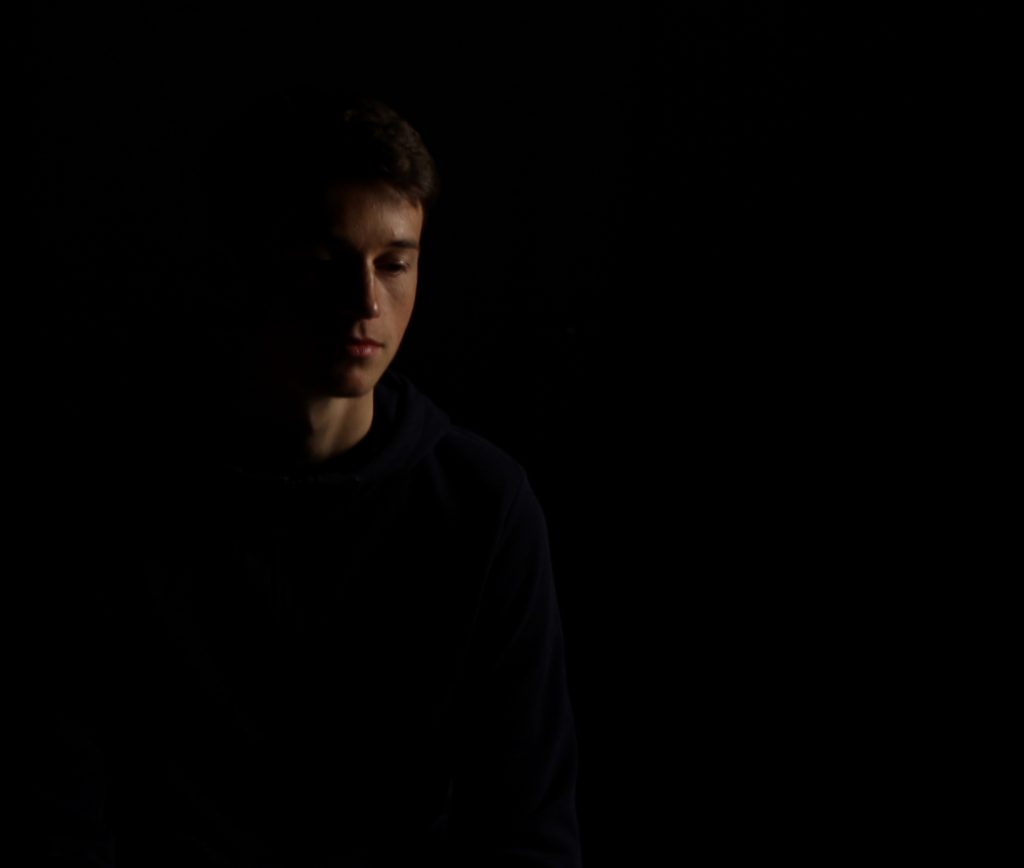Planning
Task – Produce 100-200 images showing your understanding and control of studio lighting.
Models/props – For my model I will use somebody from my class.
Camera settings – I will use a fairly low shutter speed of 1/10 to 1/60 to allow more light to enter the lens from the dark environment when using a black background. I will use a higher shutter speed of 1/60 when using a white background. I will use a low ISO of 100 or 200 to keep the image high quality. I will use a shallow depth of field to create a soft blur in the background.
Lighting – I will be using red head lights, spotlights, natural light and flash to capture a wide range of images. I will be using red head light for soft light, white backdrop for some lighter images, a black backdrop for darker images, a spotlight for harder light, a reflector to reflect light into the model’s face and gel filters to change the colour of the light
Location – School studio
Context – I will be using the school studio to capture a range of images in different styles and different lighting.
Concept – To capture studio photographs in the style of David Bailey and Irving Penn whilst incorporating chiaroscuro.
David Bailey


David Bailey (born 1938) is an English fashion and portrait photographer. Bailey is considered one of the pioneers of contemporary photographer. He is credited with producing some of the most interesting images of recent times. He has captured images of some very iconic people such as The Rolling Stones and Kate Moss.
I like Bailey’s photographs because of the strong contrast in the images. As you can see in the images above, the subject is contrasted against the plain white background and this helps the viewer focus on the small details in the subject.
David Bailey Favourite Photo

It appears that flash was used in this photograph as the faces of the subjects are over-exposed. This creates contrast in the image between the white faces and the black details, almost in the style of Andy Warhol’s pop art. It also increases the tonal range in the photograph. A deep depth of field appears to have been used also because all of the photograph is in focus. A quick shutter speed will have also been used because the image is focused and sharp. It appears that a medium/high ISO has been used as the image is quite light but there is some noise in it. The grey background creates a slightly cold undertone to the image.
There is no colour in this image as it has a black and white filter over it. This increases the emphasis on the contrast and boldness of the image. There is a wide tonal range in this image but the tones quickly range from dark black to bright white, there is not too many tones in between. There is a slight 3D effect on this image as one of the subjects are placed behind the other, this makes the photograph more interesting to look at. Both subjects have been placed along the horizontal lines of the rule of thirds, this makes the photograph more appealing to look at.
This image was taken in 1965. It shows Reggie Kray and Ronnie Kray, two London gangsters. It is a widely recognised image and is of historical interest in terms of representing Bailey’s style of artwork and also the Kray twins, who were iconic and infamous.
From doing this shoot with the Kray twins, I think that Bailey is trying to show that he does not only work with high-profile celebrities with good reputations – but he will also work with the gangsters that have bad reputations. This shows the diversity in Bailey’s photography and what he is capable of.
Irving Penn


Irving Penn (1917-2009) was an American photographer best known for fashion photography and portraits. Penn’s work included work at Vogue magazine and independent work for clients including clinique. Penn was among one of the first photographers to pose subjects against a plain white or grey backdrop. Penn experimented with many printing techniques including prints made on aluminium sheets coated with platinum emulsion rendering the image with a warmth that untoned silver prints lacked. His black and white portraits stood out due to the high contrast he used in them.
I like Penn’s photographs because of the angles and poses of the subjects. This creates an interesting photograph that captures the eye of the viewer because most photographs aren’t taken from so close up and at these creative angles.
Irving Penn Favourite Photo
In this image, studio lighting was used coming from the right side of the image. This has created a wide tonal range in the image as it has created shadows and contrast. It appears that a deep depth of field has been used as the whole image is in focus, not just the subject. A quick shutter speed of possibly 1/60 – 1/200 will have been used as the image is sharp and in focus. It appears that a low/medium ISO has been used as it is a slightly dark image with low noise levels. The image has an underlying warm tone to it.
There is no colour in this image as a black and white filter has been applied to this, this has allowed more contrast and shadows to be introduced into the image to create a more eye-catching photograph. There is a wide tonal range in the photograph ranging from the white of his sleeve cuff to the black of his suit. There is a slight 3D effect to this image as the lens is so close to the subject so the hands and glasses are obviously closer in the image. The subjects face is at one of the points on the rule of thirds grid, creating a more visually appealing image. The eye is drawn to the subject’s facial expression straight away as it is unusual and eye-catching.
This photograph is of Truman Capote and was printed on a platinum palladium print in 1976. This would have been from a photoshoot that Penn did with Capote as Penn would often photograph celebrities in his studio as he was a very well known photographer.
In this photograph, Penn has gotten Truman to take an unusual pose and an unusual facial expression. This is a common recurrence in Penn’s photographs as Penn tries to catch the viewers eye with his abnormal style of portrait photography – it is what makes him stand out so he tends to play to this strength.
My Response






My Edits





My Favourite Photo

In this photograph, I used the soft light from red head light against a black background so that I could incorporate chiaroscuro into the photograph. I used a deep field of depth so that all of the image was in focus. I used a slow shutter speed (1/20) to allow more light to enter the lens from the dark environment. I also used a low ISO of 200 to keep the quality of the image as best as possible. I decreased the saturation in the image to create a slightly faded and colder effect.
The main colour in this photograph comes from the red coat which fades into the background, I reduced saturation in the image to help it fade into the black more. There are not many light tones in this image as it is mostly dark, this creates a mysterious setting in the photograph. It is quite a 2D photo as the only think that you can see is part of the model – there is nothing else in the image to compare her position to. I have placed the model along the right vertical line of the rule of thirds to create a more appealing image.
I set up this photograph in the studio, to get this photograph I had experimented with spotlights, red head lights, reflectors and gel filters. I took multiple photographs in this style but this one stands out to me because of the more gradual fade into darkness and the softness of the light.
I took this photo with the intention of experimenting with chiaroscuro and to me it was successful. I took inspiration for the dark tone from Irving Penn’s work. I chose a black background as I thought it would create a more dramatic image.
